What is Oil Pulling and What are its Benefits?
There are so many trendy diets and natural health remedies sweeping the web, it is often hard to decide which are worth your time.
Threading, going organic, gluten free, drinking apple cider vinegar, oil pulling.
How do you know when these heath crazes are actually helping to benefit your body?
One that’s been popular of late is oil pulling.
What is Oil Pulling?
Oil pulling is the act of using oil—coconut, sesame, olive oil just to name a few —and swishing it around your mouth for at least 10-20 minutes, as you would do with a mouthwash.
Seems easy enough? But where did this idea come from?
Before there were fluoride based mouth washes, ancient cultures such as the Ayurveda Indians used oil pulling as a remedy for fighting plaque, bad breath, tooth decay, various gum related ailments, and to improve overall oral care.

How does It Work?
The idea behind oil pulling is that the oil will get in between your teeth and pull bacteria- and disease-causing agents out of hard-to-reach places.
The slippery nature of oil will create a slippery barrier on your teeth.
This barrier will prevent germs and plaque to sticking to your teeth and tongue, and will reduce the amount of bacteria that cause diseases overall.
While there are many different oils you can apply in this practice, the most widely used are coconut oil, olive oil, and sesame seed oil.
Pulling is best before eating or drinking anything – basically, first thing in the morning – and before brushing your teeth.
The easiest method of oil pulling:
- Put one big spoonful of the oil of your choice in your mouth. If you are using solid coconut oil, it will melt in your mouth so don’t go overboard. Using more than one tablespoon is a bit unnecessary and it can become more difficult, especially for first timers.
- Move, or ‘pull’, the oil around your mouth and through your teeth for at least 15 minutes, and up to the recommended 20 minutes.
- After the time is up, remove the oil (best into the trash and not your sink). You know you’ve done it correctly when it becomes thick in texture and white in color. Follow by brushing your teeth. Do not swallow the oil; the idea is to get the bad things out of your mouth and not into your belly.
You may enjoy pulling in the early hours of the day as you get ready to leave your home and can keep the oil in your mouth while going about your morning routine.
Because 20 minutes can be a long time, it is okay to spend some of it just holding the oil in your mouth as it will still help to fight bacteria.
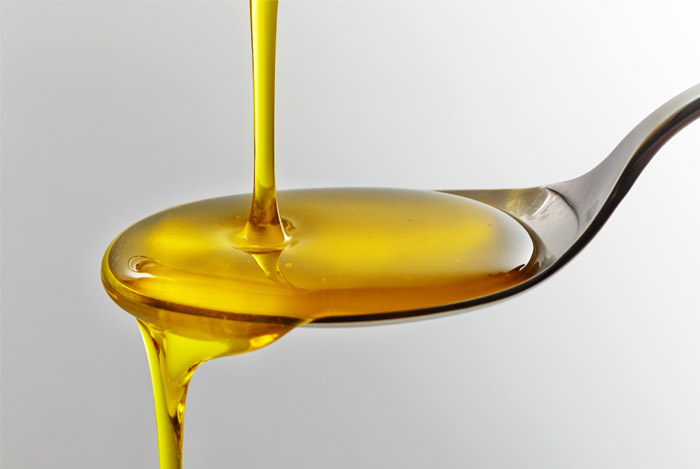
Health Benefits of Oil Pulling
Kills Bacteria
Candida and Streptococcus are common bacteria that enjoy living in the dark and damp crevices of your mouth.
Since digestion begins in the mouth, it is important for you to control the amount of plaque that accumulates, as well as preventing tooth decay.
Oil pulling works to remove these germs and their toxins, and, as a result, to improve your overall health by stopping the spread of bad microorganisms before they can enter your digestive and immune systems.
According to the National Health Institute, virgin coconut oil has been proven to have an antimicrobial resistance as well as an antifungal effect on the Candida.

One study, conducted in 2004, in which 52 isolates of Candida species were made susceptible to virgin coconut oil, showed that “coconut oil was active against species of Candida at 100% concentration, compared to fluconazole.
Coconut oil should be used in the treatment of fungal infections in view of emerging drug-resistant Candida species.” (1)
Another study evaluating the effect of oil pulling with sesame oil on halitosis and other microorganisms, in comparison to chlorhexidine mouthwash, tested 20 adolescents for the difference in gingivitis, plaque, and organoleptic breath for two weeks.
The conclusion found that “oil pulling therapy has been equally effective like chlorhexidine on halitosis and organisms associated with halitosis.” (2)
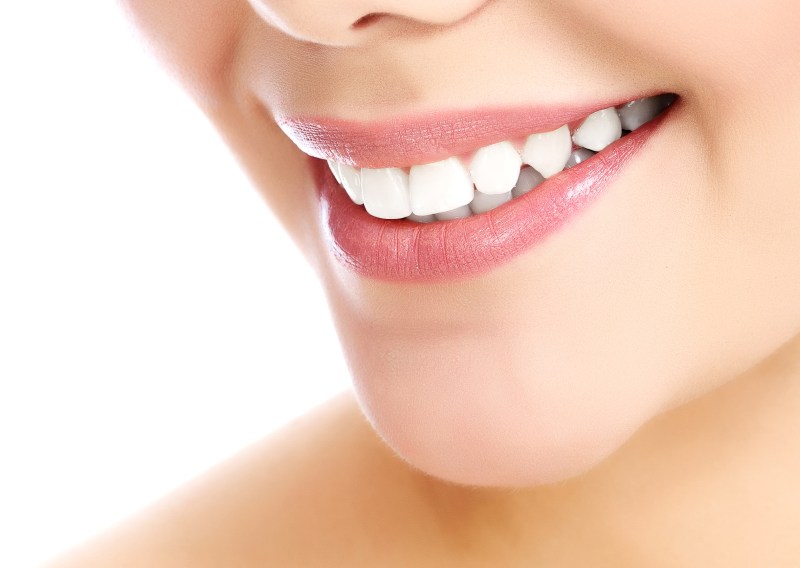
Fights Plaque and Gingivitis
Gingivitis is a bacterial infection caused by microorganisms in your mouth.
The primary cause of gingival inflammation is plaque.
By conducting oil pulling, the film left by oil on your teeth’s surface disallows plaque to form on the teeth.
Historically, oil pulling with sesame oil and sunflower oil has been found to reduce plaque-related gingivitis.
Oil pulling with sunflower oil showed significant reductions in plaque and gingivitis after 45 days.
All in all, this study proved sesame oil pulling to be effective. (3)
With the recent increase in coconut oil’s popularity as a nostrum and its characteristic as edible oil that is easy to find, scientists put it under the microscope to find out if it, too, has any effect on gingivitis.
Coconut oil is different from other oils in that it consists of predominantly medium-chain fatty acids, of which almost half are a lauric acid, which has a proven anti-inflammatory and antimicrobial effect.
An excerpt from a recent investigation: “60 age-matched adolescent boys and girls in the age-group of 16-18 years with plaque-induced gingivitis were included in the study and oil pulling was included in their oral hygiene routine.
Plaque and gingival indices of the subjects were assessed at baseline days 1, 7, 15 and 30.” (4)
The results show a decrease in the plaque and gingival on day seven with a continued decrease on the tested days throughout the study.
Another study conducted on 20 adolescent boys with plaque-induced gingivitis was divided randomly.
One group practiced oil pulling using sesame oil and the other used chlorhexidine, a plaque-fighting ingredient found in many commercial types of mouthwashes.
Both showed a reduction in plaque after 10 days; however, the oil pulling group showed a reduction in the plaque, gingivitis, and overall colony count of aerobic microorganisms in the adolescents. (5)

Fights Bad Breath
Halitosis, also known as malodor or bad breath, is a concern for everyday life and can be a medical indication of bacteria or other organisms living in your mouth.
A majority of commercial mouthwashes contain Chlorhexidine—an ingredient found to be the most effective in controlling plaque-induced gingivitis.
The downside is that it is harsh on your teeth over long periods of time and causes staining.
Still, natural methods of preventive dentistry are quintessential for oral health.
A two-week study based on comparison of oil pulling and various types of mouthwash had fifty-two children ages 6 to 12 divided into four groups.
The groups used fluoride, herbal, oil pulling, and control.
The comparison of antimicrobial activity in oil pulling, herbal mouth rinse, and fluoride mouthwash showed that “sesame oil has sesamolin, which has action on the living tissues like the detoxification of toxins, antioxidant effect, potentiation of action of vitamin E, prevention of lipid peroxidation, and antibiotic effect.” (6)
A different three-week trial was conducted with 60 students divided and randomized into two groups testing chlorhexidine, sesame oil, and a control group.
A significant reduction of plaque, gingivitis, and malodor was found within both groups, making sesame oil pulling a cheaper and more natural way to practice oral hygiene. (7)

Heals Bleeding Gums
Beyond simply preventing oral diseases, oil pulling removes toxins out of the tissues in your mouth which helps to “allow the body to heal itself.
Inflammation is quieted, gums stop bleeding, loose teeth tighten, and pain and sensitivity vanish.
Teeth become whiter, and gums become pinker and healthier looking. (8)
What are the Differences Between the Oils?
The most obvious is to use organic, high-quality oils.
Unrefined and cold pressed oils are the best as the fats have not been broken down and still function to pull bacteria.
Toasted oils have been processed by heat, this damaging the health benefits.
Avoid all oils that you would want to ingest.
Corn oil, vegetable oil, soy oil, canola oil, and cottonseed oil are not good sources for oil pulling.
Very strong in flavor nut based oils like peanut, flax, and avocado are also hard to swish for long periods of time.
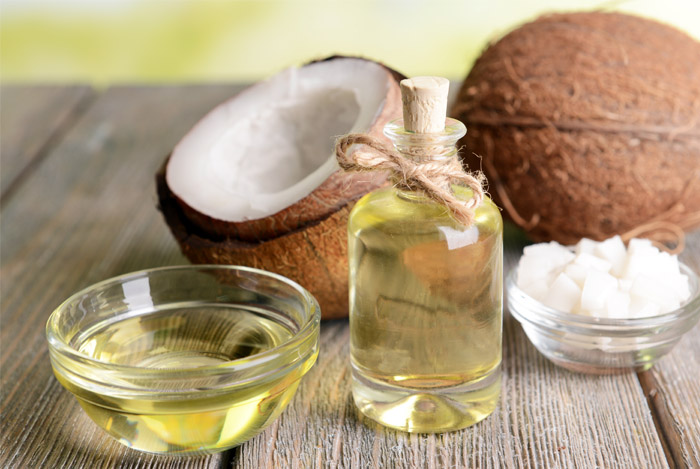
Coconut
Studies show that coconut oil also has substantial antimicrobial activity.
As mentioned earlier, coconut oil has a high lauric acid content.
When coconut oil reacts with saliva, it forms the principal component of soap; this explains why its cleansing abilities are so high.
“It is shown to have significant antimicrobial activity against the most common and prosperous bacteria in the mouth including Escherichia vulneris, Enterobcater spp., Helicobacter pylori, Staphylococcus aureus, Candida spp., including C. albicans, C. glabrata, C. tropicalis, C. parapsilosis, C. stellatoidea and C. krusei.
Studies also show that coconut oil is affective against S. mutans and C. albicans in an in vitro oral biofilm model. (3)
Besides helping with removing toxins, coconut oil also has been proven to be easily digestible, rich in vitamins A (good for the immune system), D (promotes strong bones and teeth), E (has a very high correlation between healthy skin and antioxidants that improve cuts and chapped lips) and K.
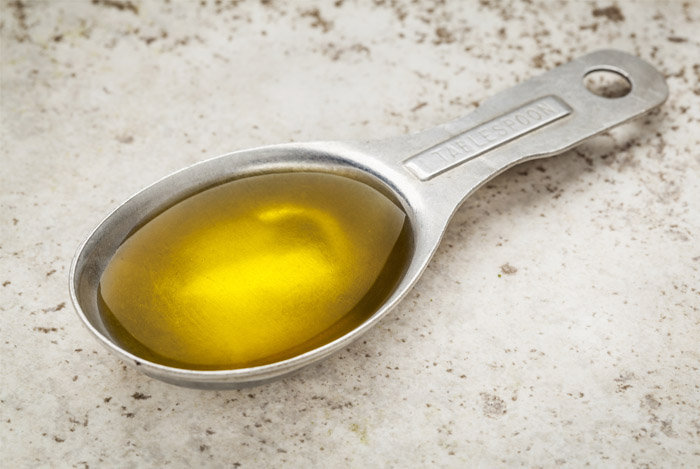
Sesame
Sesame oil is the most cited in ancient texts for oil pulling; it has no after taste and is relatively inexpensive.
“Found to be effective in reducing bacterial growth and adhesion.
Toxins and bacteria from the body might be expelled through the tongue and trapped in the oil and removed from the body.
Sesame oil was demonstrated to have antibacterial activity against Streptococcus mutans.” (8).
This vegetable fat reacts with saliva and forms an emulsifying agent that acts in the same manner as soap: it creates a layer that prevents bacteria sticking to the surface of the tooth and disallows bacteria to embed in the biofilm.
“Sesame oil has three lignans – sesamin, sesamolin, and sesaminol – that have antioxidant properties and potentiate Vitamin E action.
Sesame oil has increased polyunsaturated fatty acids and the lipid peroxidation is reduced thereby reducing free radical injury to the tissues.” (10)
Olive and Sunflower Oil
While there have been far fewer studies using sunflower and olive oil, many forums and some medical research journals cite that there is a reduction of plaque with the two, as well as more joint relief with olive oil.
One study cites: “oil pulling with sunflower oil was found to significantly reduce plaque index and gingival index after 45 days. (3)

Natural and Inexpensive
If you are seeking a more natural, but effective alternative to mouthwash, oil pulling is the answer.
With all the benefits and no risk, there is no downside to implementing it in your morning routine, especially if you need to get breakfast ready or take a shower.
It’s true that there is a bit of an adjustment time to getting used to oil pulling, but the pros definitely outweigh the cons.
It’s best to start oil pulling twice a week and eventually work up to every other, if not every, day.
When considering the amount of money spent on oral cosmetics and whitening, oil pulling is cheap and very easy.
Furthermore, for a detoxing ritual, it is easier than fasting or including less-than-delicious additions in your diet.
There are many claims that do not hold up scientifically, including: oil pulling helps to alleviate 30 different diseases, it is a weight loss supplement, and that it helps with easier menstrual cycles and thicker hair.
While these have not been confirmed, recent evidence does say that there is a correlation between oil pulling and preventing tooth decay, bad breath, stopping gum-related disease, and fighting plaque.
Like all habits, it takes time to get used to adding this to your routine.
As they say in the medical world, the best thing to do, medically, is to stop an illness before it occurs.
So why not protect your mouth, stop bacteria from growing, and help your body by using natural and age tested remedies?
FDA Compliance
The information on this website has not been evaluated by the Food & Drug Administration or any other medical body. We do not aim to diagnose, treat, cure or prevent any illness or disease. Information is shared for educational purposes only. You must consult your doctor before acting on any content on this website, especially if you are pregnant, nursing, taking medication, or have a medical condition.
HOW WOULD YOU RATE THIS ARTICLE?
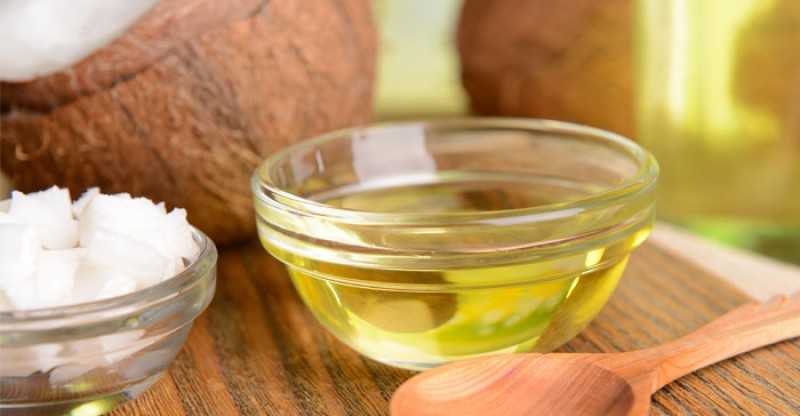



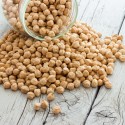
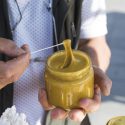
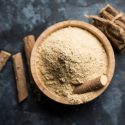
Hmmm…seems almost too good to be true. But it’s such a simple practice that it may actually be worth trying.
Hello Dave! Sometimes obvious and simple things are the best:)
I got some problems with the gums…will be trying this one out, thanks
Hello James! Hope it will help!
It doest matter what weather it is my lips are always peeling and chapped!!!What oil is beetter to use to get rid of it???I really hope it could help me!!!!
Hello Linda! Try coconut or almond oil for your lips.
So I can go to my kitchen and take my usual sunflower oil for oil pulling? Must it be refined or not?
I had a gums infection and my friend advised me to try oil pulling. I used coconut oil twice a day and after 4 days the infection was gone!
Thank you for sharing this useful knowledge!
Is oil pulling safe for children? And will pulling be effective if I do it 5-7 minutes not 20?
Which oil will work best in getting rid of bad breath? Thanks!
I’m 5 month pregnant now and I’m suffering from bleeding gums…Can oil pulling help me? Are there any side effects for pregnant women?
Can I safely use oil pulling method if some of my teeth are artificial?